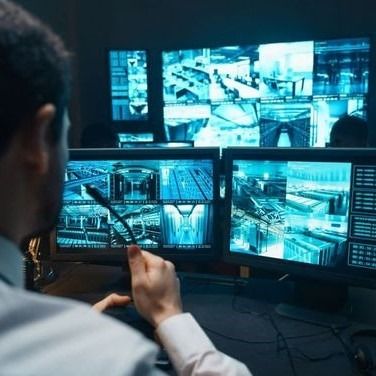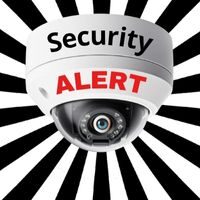May, 25, 2025

Security in residential and commercial buildings is a constant concern for residents, building managers and administrators. In a scenario where crime rates are worrying and the feeling of insecurity is growing in cities, having an effective protection system has become essential. In this context, the role of doormen and surveillance cameras stands out as fundamental elements for preventing incidents and ensuring everyone’s peace of mind.
Doormen: the front line of security
More than just controlling the flow of people entering and leaving, doormen play a strategic role in building security. They are the first to identify suspicious behavior, prevent unauthorized access and call the police or security company in case of emergency.
Among the most important duties of doormen, the following stand out:
Access control: Registering and allowing the entry of visitors, service providers and delivery people.
Monitoring: Constant observation of common areas, helping to identify strange behavior or imminent risks.
Communication: Quickly inform residents and the building manager about any relevant incidents.
Prevention: The active presence of a doorman inhibits criminal activity and helps maintain order in the building’s daily routine.
Investing in the training and development of these professionals is essential. Training in customer service, security and first aid are important differentiators.
Security cameras: constant and precise surveillance
Surveillance cameras work as the building’s “electronic eyes”. They complement the work of the doormen, offering continuous coverage even at times when the doorman is less active or in places with less movement.
The main benefits of cameras include:
24-hour monitoring: Surveillance never stops, even during the early hours of the morning or on holidays.
Image recording: In the event of incidents, the images can be used as evidence for investigations and accountability.
Reducing vulnerabilities: Strategically installing cameras helps cover blind spots and prevent unauthorized access.
Integration with alarm systems: Many modern cameras already have motion sensors and integration with applications, enabling a faster response to risky situations.
Strength in numbers
For a building’s security system to be truly effective, it is essential that there is integration between human labor and technological resources. A well-trained doorman, combined with a modern system of cameras and access controls, forms a robust barrier against criminal actions.
In addition, it is important that residents also collaborate, following the administration’s guidelines and not facilitating access to the condominium by strangers.
Conclusion
Ensuring security in buildings is a shared responsibility. Attentive and well-prepared doormen, together with well-positioned surveillance cameras, form a powerful combination in protecting lives and assets. Investing in these resources is not a cost, but rather an investment in peace of mind, confidence and quality of life.


